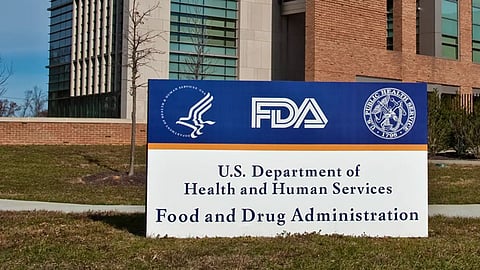FDA Moves to Accelerate Biosimilar Development and Cut Drug Costs for Americans
The U.S. Food and Drug Administration (FDA) has announced new measures to streamline the development and approval of biosimilars, aiming to make advanced biologic treatments more affordable and accessible. The agency’s new draft guidance proposes reducing the clinical trial requirements for proving similarity between biosimilars and their reference biologic products, marking a major shift in the FDA’s regulatory approach.
Biologic medicines, made from living cells such as bacteria or yeast, are more complex to develop than traditional chemical drugs. Their alternatives, known as biosimilars, have historically required extensive comparative studies before approval. The FDA’s new guidance will now allow companies to rely more heavily on analytical testing rather than long, expensive human trials to demonstrate equivalence.
“Biosimilars are often far more affordable to patients and have the promise to significantly lower health care costs in America,” said FDA Commissioner Dr. Marty Makary. “By streamlining the biosimilar development process and helping advance interchangeability, we can achieve massive cost reductions for advanced treatments for cancer, autoimmune diseases, and rare disorders affecting millions of Americans.”
Biologics account for only 5% of all U.S. prescriptions, but represent more than half of total drug spending, according to FDA data. As of October 2025, the agency has approved 76 biosimilars, yet only a fraction of biologics nearing patent expiration have biosimilar versions in development.
The FDA estimates that the proposed regulatory changes could cut biosimilar development time in half and reduce costs by up to $100 million per product. Makary emphasized that these steps could make biologic therapies more affordable and stimulate greater market competition.
“The fastest-growing area of health care spending in the United States is drug spending, and the fastest area of drug spending increases is with this new class of medicines called biologics,” Makary noted. “Lower prices for drug development means lower R&D costs and lower drug prices for everyday Americans.”
The FDA also plans to remove barriers that have made it difficult for biosimilars to achieve “interchangeable” status — allowing pharmacists to substitute them for brand-name biologics without consulting prescribers.
“Science continues to evolve, and the FDA remains committed to advancing common-sense policies that further promote efficient and effective biosimilar and interchangeable biosimilar development, without compromising safety and effectiveness,” said Dr. George Tidmarsh, Director of the FDA’s Center for Drug Evaluation and Research.
Industry leaders welcomed the move. John Murphy, CEO of the Association for Accessible Medicines, said the guidance could rapidly influence investment strategies within months, while PhRMA’s Alex Schriver urged policymakers to address “misaligned incentives” that restrict biosimilar adoption.
With these changes, the FDA aims to boost competition, drive innovation, and lower prescription drug costs — helping more Americans access life-saving biologic treatments.
Also Read

